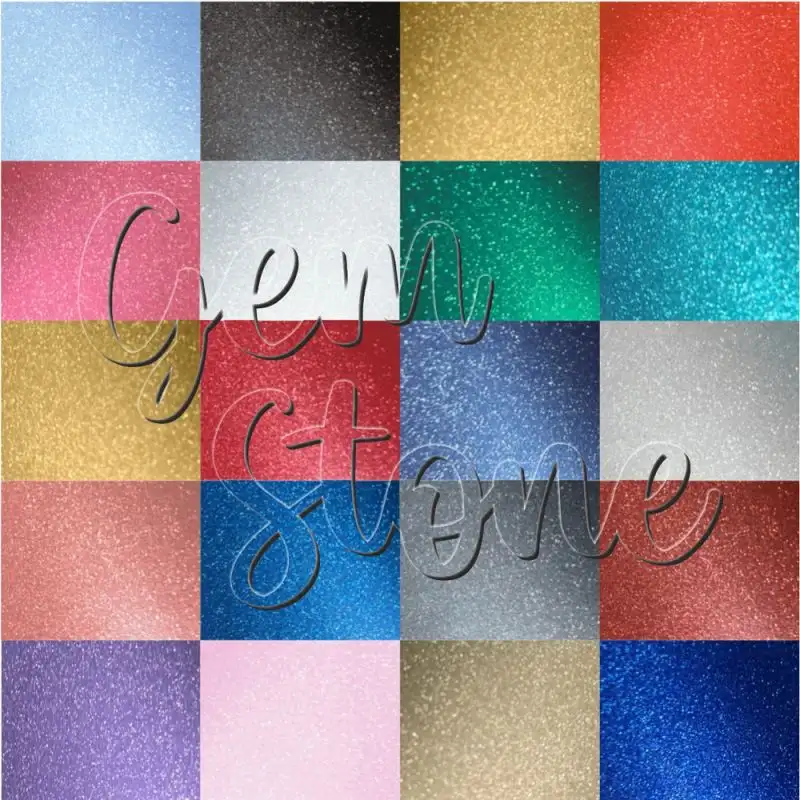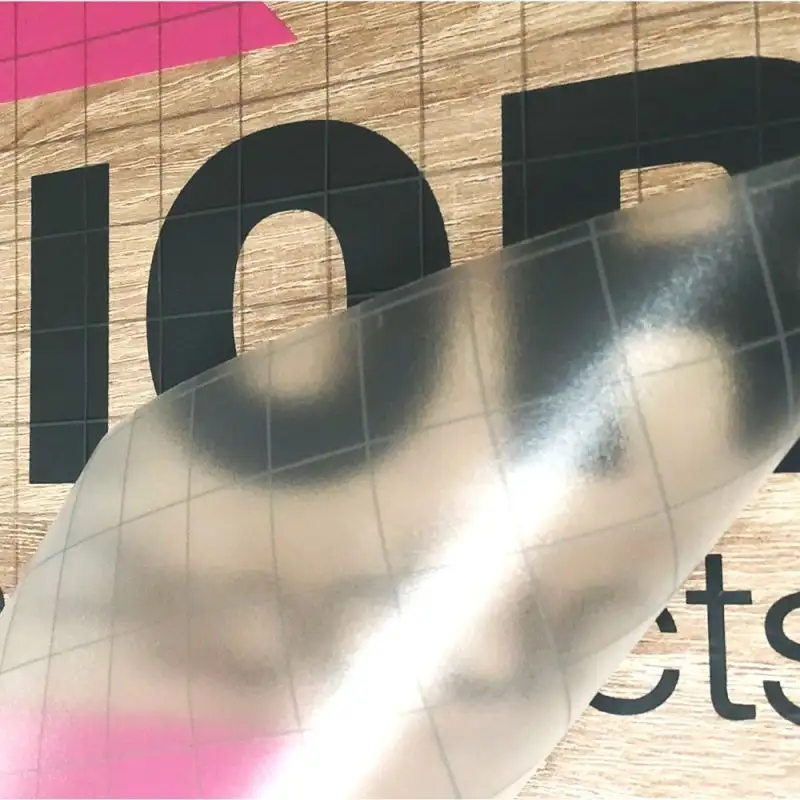Achieving a perfect, bubble-free application of graphics can feel like a elusive goal, especially when working with diverse and challenging surfaces. Foil direct plotter films, however, hold the key to unlocking this level of professional results consistently. Their secret lies not in a single feature, but in a combination of material engineering and user-friendly characteristics that work in harmony to ensure a flawless finish on glass, metal, plastic, wood, and more. Understanding these properties transforms the application process from a stressful task into a predictable, successful endeavor.
The Foundation of Flawless Adhesion
The journey to a perfect application begins with the adhesive itself. Unlike generic glues, the pressure-sensitive adhesive on quality foil films is a precision formula. It’s engineered for high initial tack, which allows the film to grip the surface immediately upon contact, preventing shifting. Yet, it also possesses a unique repositionability window, giving you a few crucial moments to lift, adjust, and perfect the alignment before committing to the final bond. This balance is the first critical step in preventing misalignment, the most common cause of a flawed application.

Conformability That Embraces Complexity
Many surfaces are not perfectly flat. From the gentle curves of a vehicle panel to the textured grain of a wooden sign or the rivets on a machine, substrates have character. Foil films, particularly those made from cast vinyl, are inherently flexible and conformable. This means they can be carefully stretched and molded around complex shapes without wrinkling or lifting at the edges. This ability to "flow" over contours ensures that the graphic makes complete contact with the entire surface, leaving no gaps for air bubbles to form or for the edges to catch and peel back over time.
A Forgiving Nature During Installation
The fear of making an irreversible mistake is a major source of application anxiety. Foil plotterfolien alleviate this with their forgiving application process. The combination of the stable polyester carrier sheet and the calibrated adhesive allows an installer to use the hinge method effectively. By adhering only a small section first, the rest of the graphic can be lifted away while the backing paper is removed. This provides unparalleled control, allowing you to smooth the film down gradually from the center outward, pushing air ahead of the squeegee and ensuring a perfectly smooth result.
Superior Air Release for a Pristine Finish
Even with careful technique, tiny air bubbles can sometimes become trapped. The secret here is in the adhesive's air-release channels and the film's non-porous surface. As you squeegee, the adhesive is designed to allow trapped air to escape sideways, preventing it from being sealed in. For any stubborn bubbles that do appear, the durability of the film allows for a simple remedy: gently piercing the bubble with a fine needle and pressing the air out. The adhesive will flow back to seal the microscopic hole, leaving no trace of the imperfection.

Surface-Specific Formulations for Ultimate Bonding
The true secret to universal application is that foil films are not a one-size-fits-all product. Manufacturers offer films with adhesives specifically engineered for different challenges. For low-surface-energy plastics like polyethylene and polypropylene, which typically repel adhesives, there are specialized films with aggressive, permanent bonds. For temporary signage or removable decals, there are low-tack options. Choosing the right film for the specific surface material is the most crucial decision in guaranteeing a long-lasting, flawless application.
Resistance to Environmental Stressors
A flawless application must remain flawless over time. These films are built to resist the factors that cause others to fail. Their dimensionally stable cast vinyl construction prevents shrinking or expanding with temperature changes, which could otherwise cause the graphic to distort or the edges to lift. The aggressive adhesive is formulated to resist plasticizer migration from vinyl substrates and to maintain its bond through heat, humidity, and cold, ensuring the graphic looks as perfect years later as it did on the day it was applied.




Comments